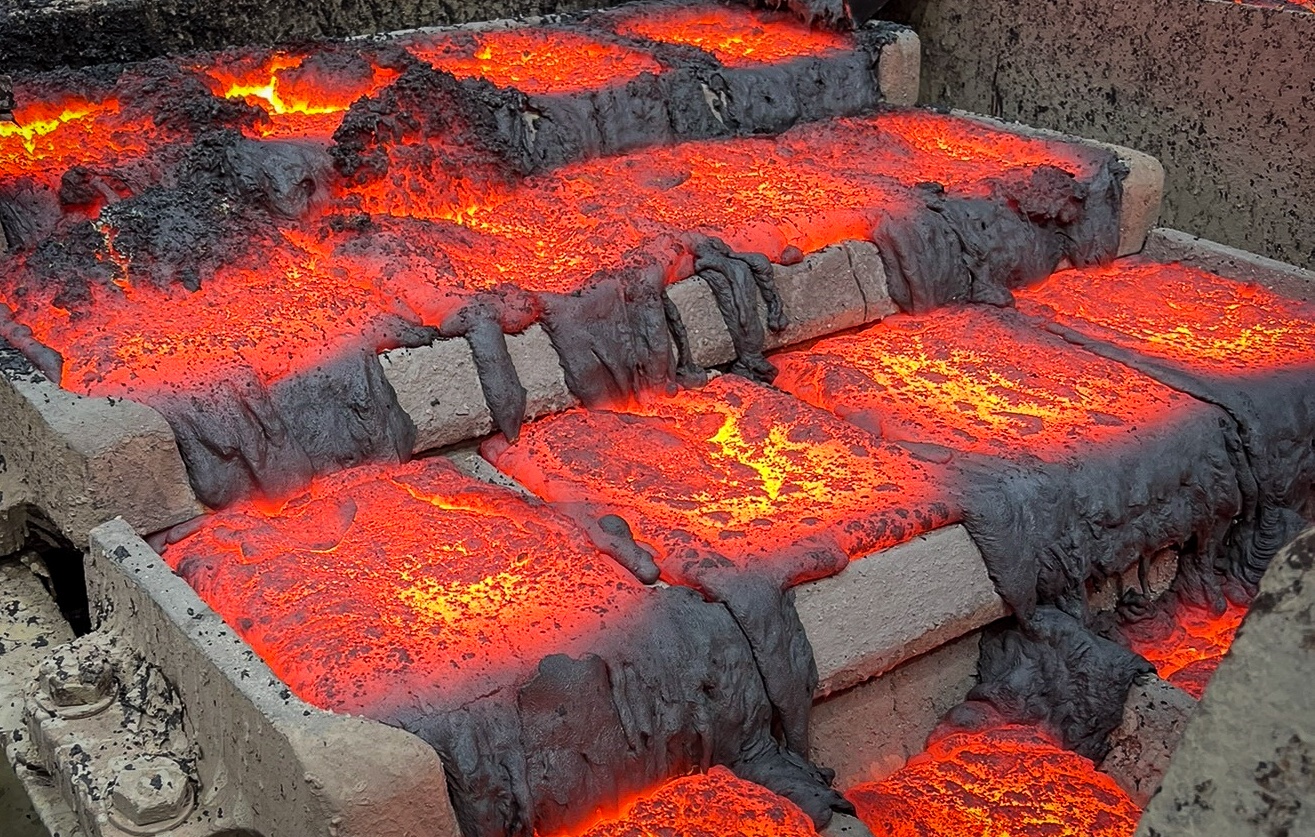According to Atsuo Yamada, one of the study’s authors, lithium metal batteries are a promising technology that could meet the demands for high-energy-density storage systems. However, because of the unceasing electrolyte decomposition in these batteries, their Coulombic efficiency is low.
The Coulombic efficiency, also called the current efficiency, describes the efficiency by which electrons are transferred within the battery. This means that a battery with high Coulombic efficiency has a longer battery cycle life.
“This is the first paper to propose electrode potential and related structural features as metrics for designing lithium-metal battery electrolytes, which are extracted by introducing data science combined with computational calculations. Based on our findings, several electrolytes, which enable high Coulombic efficiency, have been easily developed,” Yamada said.
The researcher pointed out that in lithium-ion batteries, the lithium-ion moves from the positive electrode to the negative electrode through the electrolyte during charge and back when discharging. By introducing high-energy-density electrodes, the battery’s energy density can be improved. In this context, many studies have been conducted over the past decades to change the graphite negative electrode to lithium metal. However, lithium metal has a high reactivity, which reduces the electrolyte at its surface. Because of this, the lithium metal electrode shows poor Coulombic efficiency.
To overcome this problem, scientists have developed functional electrolytes and electrolyte additives that form a surface protective film. This solid electrolyte interphase has an impact on the safety and efficiency of lithium batteries. The surface protective film prevents direct contact between the electrolyte and lithium metal electrode, thereby kinetically slowing the electrolyte reduction. Yet, until now, scientists had not fully understood the correlation between the solid electrolyte interphase and Coulombic efficiency.
What is known is that the stability of the solid electrolyte interphase is improved, then it is possible to slow the electrolyte decomposition and the battery’s Coulombic efficiency is increased. But even with advanced technologies, scientists find it difficult to analyze the solid electrolyte interphase chemistry directly.
The Japanese research team, however, determined that if they could upshift the oxidation-reduction potential of the lithium metal in a specific electrolyte system, they could decrease the thermodynamic driving force to reduce the electrolyte, and thus achieve higher Coulombic efficiency. This strategy has rarely been applied in developing batteries with lithium metal.
“The thermodynamic oxidation-reduction potential of lithium metal, which varies significantly depending on the electrolytes, is a simple yet overlooked factor that influences the lithium metal battery performance,” Yamada said.
He and his colleagues, thus, studied the oxidation-reduction potential of lithium metal in 74 types of electrolytes. They also introduced a compound called ferrocene into all the electrolytes as an IUPAC (International Union of Pure and Applied Chemistry)-recommended internal standard for electrode potentials.
Following the analyses of their tests, the team proved that there is a correlation between the oxidation-reduction potential of lithium metal and Coulombic efficiency. In fact, they obtained a high Coulombic efficiency with the upshifted oxidation-reduction potential of lithium metal.
Looking ahead to future work, the researchers say they want to unveil the rational mechanism behind the oxidation-reduction potential shift in more detail.
“We will design the electrolyte guaranteeing a Coulombic efficiency greater than 99.95%. The Coulombic efficiency of lithium metal is less than 99%, even with advanced electrolytes. However, at least 99.95% is required for the commercialization of lithium metal-based batteries,” Yamada said.




